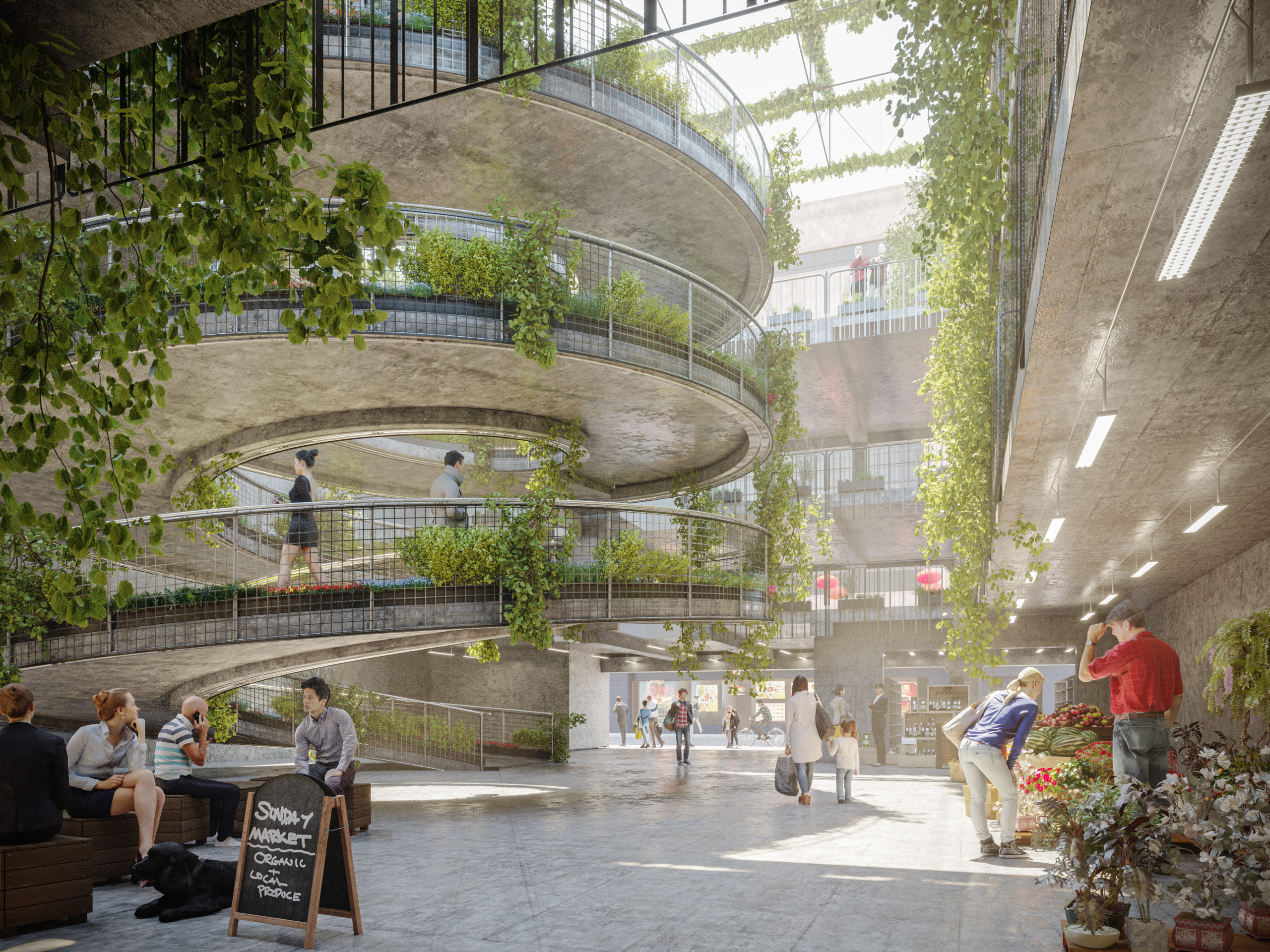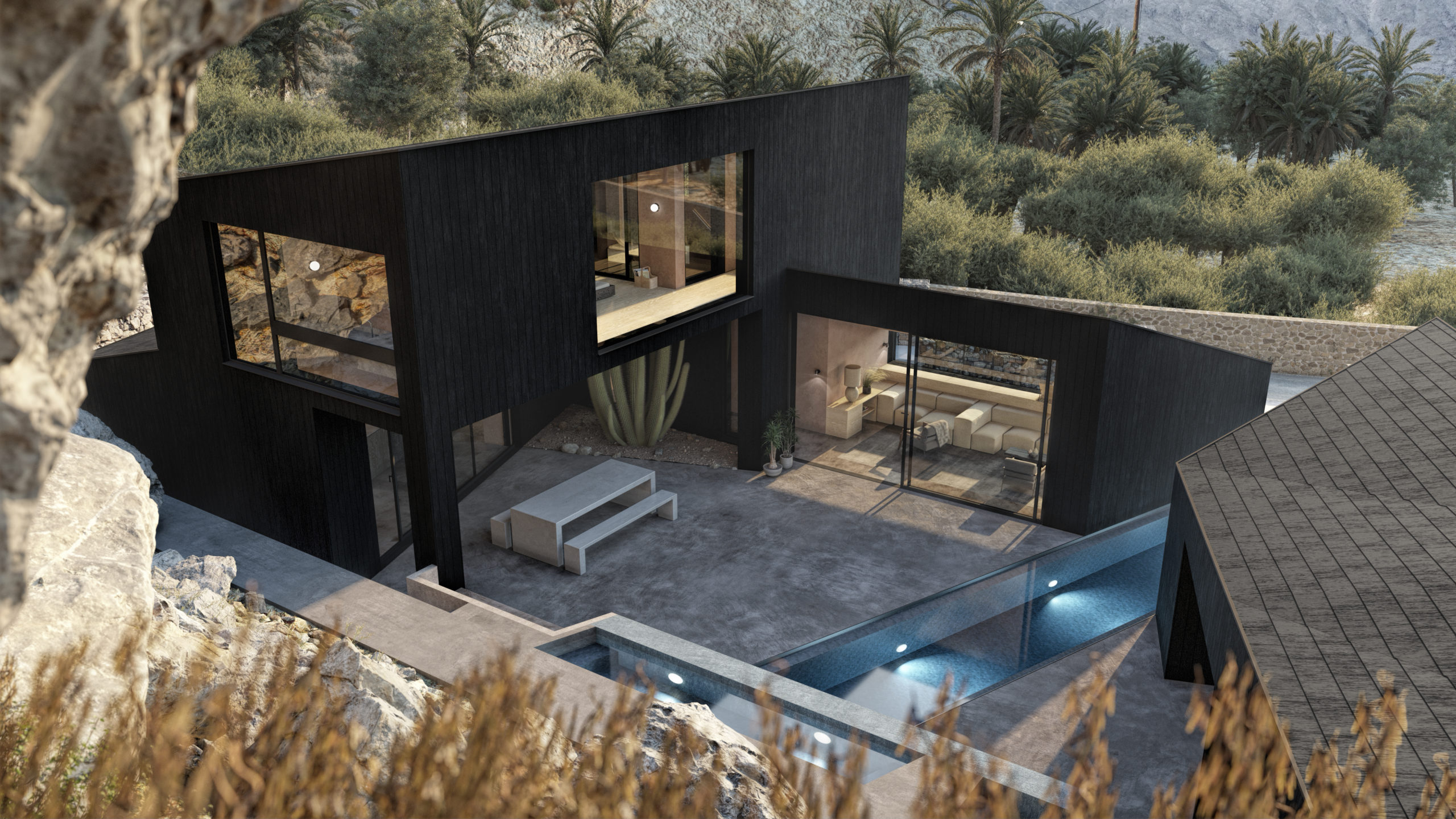Call for entries: The 14th Architizer A+Awards celebrates architecture's new era of craft. Apply for publication online and in print by submitting your projects before the Final Entry Deadline on January 30th!
We might not like to admit it, but the cities we live in have an unhealthy addiction to parking space. In the United States alone, there are an estimated 2 billion parking spaces — that’s over 6 spots per person — for the nation’s 250 million cars. And though a paved-over surface might not look like much, it is one of the costliest commodities for municipalities to create and maintain. Parking essentially becomes a subsidy to drivers, to the detriment of everyone else: a plethora of parking spaces encourages driving in the city, leading to greater levels of pollution, noise and traffic in city centers.
Over the past few years, some cities have begun exploring ways to reduce the urban space dedicated to cars in favor of pedestrian-friendly areas. The pandemic bolstered this trend as social and recreational activities were moved outside. Vacant parking lots and street curbs were converted into outdoor eateries and plazas, demonstrating the desire for and the feasibility of such conversions.
Many of these reinventions were only temporary, however, facilitated by the reduction of car traffic in downtowns. Now, as parking lots have mostly returned to their initial mono-function, some municipalities are asking themselves: should we make parking space conversions a permanent fixture of our cities?
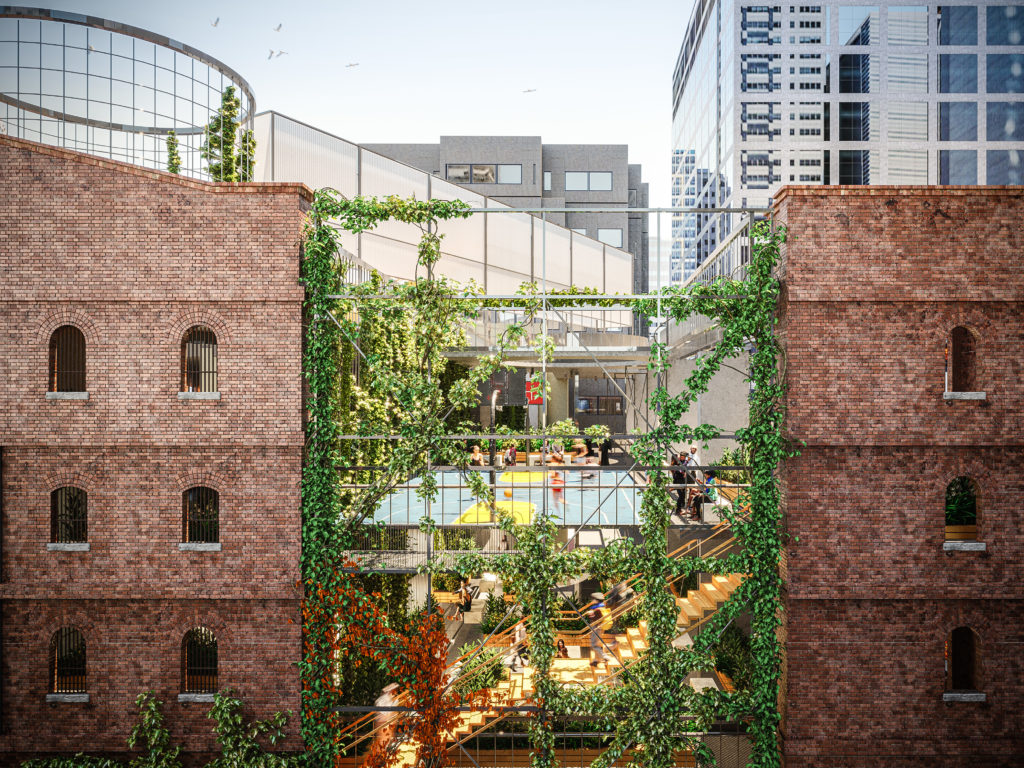
Rethinking Melbourne’s Carparks by Bates Smart, Melbourne, Australia | Popular Choice Winner, 10th Annual A+Awards, Unbuilt Commercial
Bates Smart’s car park conversion designs for Melbourne might offer some ideas. Australia’s second most populous city has made attempts in the past to reduce car dependency, with minimal results. In particular, the 2002 Melbourne 2030 policy plan failed to make a dent car usage as the city’s metropolitan area rapidly sprawled in the ensuing two decades, resulting in more cars in the city’s core and the need for more parking spots. Today, parking constitutes the Melbourne’s third largest land use: over 460 hectares of land, the equivalent one and a half times the area of New York’s Central Park.
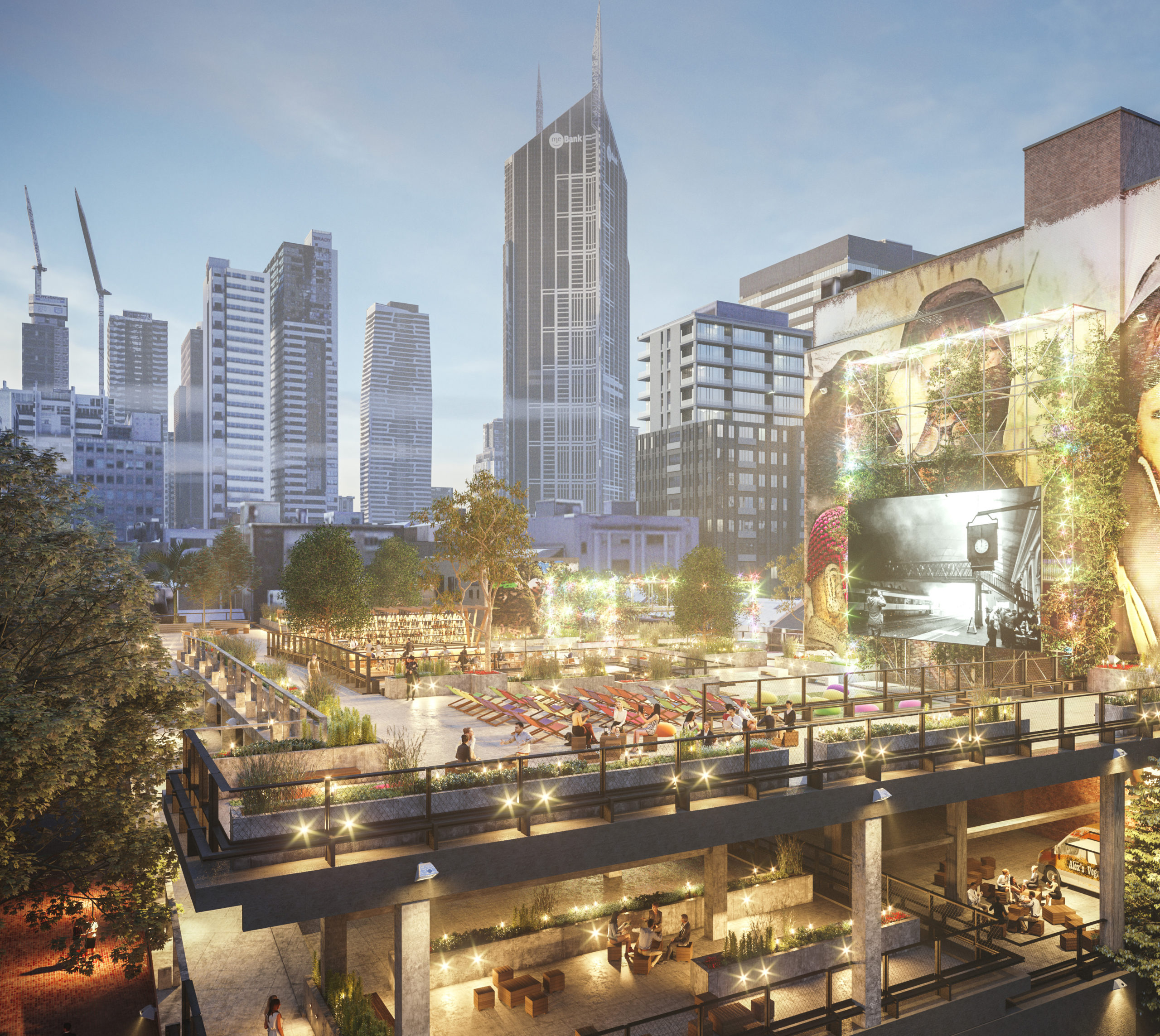
Rethinking Melbourne’s Carparks by Bates Smart, Melbourne, Australia | Popular Choice Winner, 10th Annual A+Awards, Unbuilt Commercial
Though Bates Smart’s designs won’t solve Melbourne’s parking woes by themselves, the plans present realistic solutions to incentivize the conversion of downtown parking spaces into social infrastructure. The firm identified a number of multi-level car parks in central Melbourne, which rather than be demolished can be redesigned into vertical, pedestrian-friendly community spaces. For instance, the firm suggests, the concrete structures could be transformed into multi-level farmers markets, outdoor sport courts and dining areas, replete with greenery throughout. Such conversions, moreover, wouldn’t necessitate radical structural changes to the existing lots. Simple architectural additions like stairs, ramps, balconies and platforms could quickly transform these spaces from car-centric to people-centric.
But beyond their design proposals, the firm believe that with this approach will significantly increase the value of downtown parking lots, incentivizing car park owners to sell their sites for conversion. These redesigns could thus give the economic imperatives for Melbourne to move away from car-dependency and serve as a beacon for downtown revitalization.
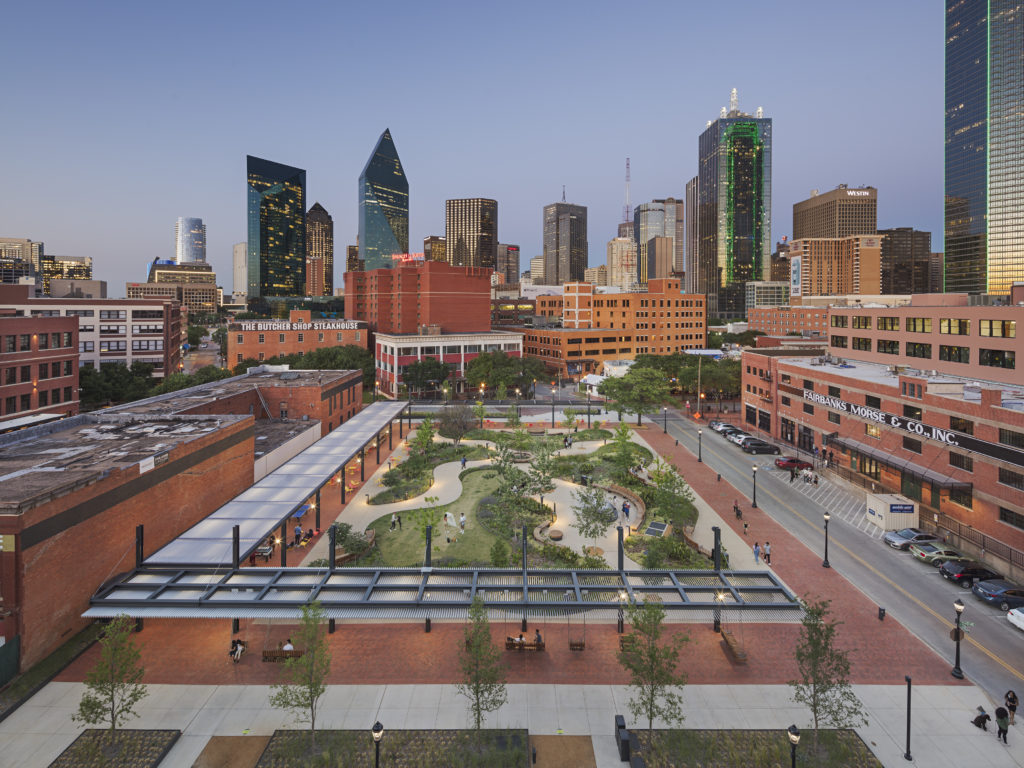
West End Square by James Corner Field Operations, Dallas, Texas | Popular Choice Winner, 10th Annual A+Awards, Landscape & Planning | Photos by Sam Oberter
For a concrete example of this, we can look at the West End Square project in downtown Dallas. The design by James Corner Field Operations replaces a former parking lot with a dynamic combination of green spaces and public utilities. The new park incorporates native planting beds and a sandy color palette, taking inspiration from the undulating Texas Blackland Prairies. The result is a city-block sized oasis amid a neighborhood paved with concrete and brick. But more than that, the intervention has successfully transformed a dead-end city block into an anchor for the community. The neighborhood’s growing population can now enjoy salsa dancing classes, a vendor’s market and various high-tech interactive art installations, among other activities.
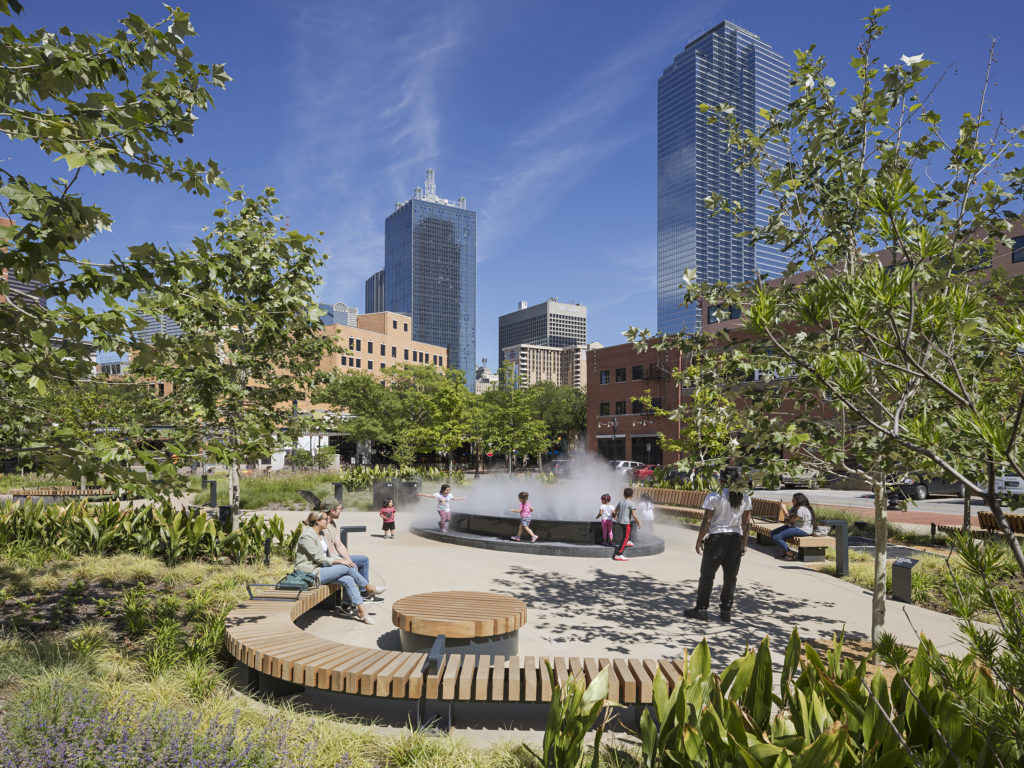
West End Square by James Corner Field Operations, Dallas, Texas | Popular Choice Winner, 10th Annual A+Awards, Landscape & Planning | Photos by Sam Oberter
Though municipalities are increasingly taking initiatives to more away from car transportation, our city centers remain, for the most part, heavily car centric. Excessive dedicated car space inevitably hampers the ability of cities to improve urban life for residents in dense city cores, making neighborhoods less walkable and community oriented. Fortunately, architecture firms are demonstrating that the urban space cities gave to cars over the past half century can be reversed without the need for drastic intervention. Rather than starting from scratch, these firms are creatively using pre-existing infrastructure as a jumping-off point for the creation of ecological, recreational spaces for local residents.
Call for entries: The 14th Architizer A+Awards celebrates architecture's new era of craft. Apply for publication online and in print by submitting your projects before the Final Entry Deadline on January 30th!
